By Caner Karavit
Caner Karavit is professor of art in Istanbul’s Mimar Sinan University, teaching in the fundamental art education department. Karavit has published several articles in Turkish and international media, while also working as an artist and realizing several national and international exhibitions. Between 2013 and 2015, Karavit has stayed in China to pursue theoretical and practical strudies on Chinese painting. He is specialized on fundamental art and design education, authentic printing, traditional Chinese painting, Far East Asian art, comparative theories of composition in the West and the East.
In 2019, I wrote a long article about the exhibition titled “How to talk with birds, trees, fish, shells, snakes, bulls and lions” that I have seen in Hamburger Bahnhof Contemporary Art Museum.[1] The artworks in the exhibition had brought forward the idea that we are a part of the environment rather than the environment being a part of us and the ever-increasing destructiveness of technological and industrial advancements by constantly ruining the environment. These artistic activities emphasized the use of the ground, water, plants etc. as if they were being rediscovered. However, who really caught my eye in the exhibition was an artist from Senegal, whom I hadn’t heard about until that day. His avant-garde style, the artist groups he formed, his artistic activities, his approach to objects were similar to our artistic works from our years in Academy of Fine Arts in many aspects. Therefore, I will feature the shaman-artist from Senegal, Issa Samb and his home-atelier as his masterpiece.

One of the founders of an artistic organization, which carries out performance arts using the political and aesthetic elements of his country, is Issa Samb, was born in Dakar, the capital of Senegal in 1945. He graduated from the University of Dakar, where he studied philosophy and the law. Samb took up the pseudonym Joe Ouakam. He did inter-disciplinary work that encompasses sculpture, performance, painting and theatre. He wrote many plays, poems and essays. His works drew from both African tradition and the European avant-garde movements such as Dada, Surrealism, and Situationist Internationalism.[2] He openly criticized commercialization of the arts in Senegal. Issa, who played an important role in the artistic scene of Dakar, became one of the most famous artists of Dakar with his striking style, his animated aesthetics and his role in the society. His works were exhibited in Whitechapel Gallery of London, in Dak’Art Biennale and in Kassel’s Documenta in Germany. Issa is also one of the founders of Gallery TENQ and Village des Arts, which are art spaces in Dakar. Issa founded his first artists seminal, Laboratoire Agit’Art, with a group of artists, authors, film producers, performance artists and musicians in 1974. This artists’ village was established in the worker camps of the Littoral Region of Senegal. The group aimed to transform the nature of artistic activities from a formalist, object-oriented sensitivity to practices based on experiment and action.
These collective works were a starting point for Issa’s home-atelier he established afterwards and which was full of various materials and projects and also served him as an exhibition hall. This idea continued until the end of Issa’s life as the determinant of the thought system behind the works he carried out years later in the courtyard of his home-atelier. Another important point that needs to be emphasized is that, while the arts activities he created included communication with the environment, he was at the same time able to go beyond the ordinary gratitude and reference to artists of various political cultures. As an arts village, Laboratoire Agit’Art endeavored to revive the African arts by examining the international forms of artistic statement and thought schools. In this context, based on the intellectual foundation of Laboratoire Agit’Art, we must mention three elements that have played deterministic roles in Issa’s art life. These are ‘Situationist Internationalism’, which was his ideology in his youth, ‘Afrotopia’[3], which stemmed out of the utopias related to their geographical location, and his ‘animist[4]-shamanist’ art actions which budded out of the cultural roots of the region he was born and raised in.
African generation of ’68 and the ‘Situationist Internationalism’
The Laboratoire Agi’Art group aimed to transform their artistic activities to a style of action that is based on process instead of product, transience instead of permanence and political-social ideas instead of aesthetic ideas and that is object-oriented. The activities of Laboratoire Agit’Art, which concentrated the communication between the artist and the viewer over physical objects, were more interested in socio-political situations. This status of Laboratoire Agit’Art points to a Senegal history, which has interwoven Europe and Africa’s political, historical, cultural and artistic aspects and emphasizes a common legacy that connects a critique of modern colonialization to artistic avant-gardes. In fact, the African independence movements at the end of the 60s were inviting everyone to rethink the intervention of Western outside forces (especially France) and the terms of independence of Senegal which were constantly hindered by the talks. One of the leaders of this call for independence was Omar Blondin Diop, who was the icon of the group named as the African Generation of ’68 and an anti-colonialism activist.
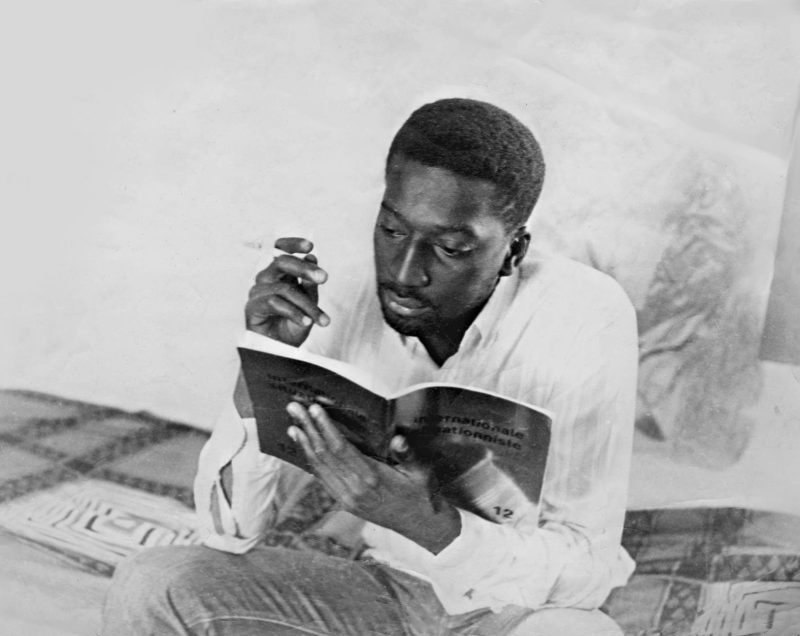
At that time, Senegal’s first president was Léopold Senghor, who was known for his pro-French policies and he was in constantly in dispute with the left-wing, especially with the Marxists.Senegalese student Omar Diop, who was against these policies, was arrested in 1971. However, Omar was found dead in his cell from ‘hanging’. French intellectuals such as Deleuze, Guattari, Lyotard, Lacoste, Godard and Gallimard called for an investigation of this dubious death in the Le Monde newspaper in 1973. Therefore, Omar Diop became the icon of the generation, which defended political and union actions since 1968 and which rejects neo-colonialist policies. Omar Diop was a very close friend of Issa Samb’s, and the positions of Laboratoire Agit’Art and Omar within the struggle were very close. They were the only organization in Senegal, which defended “Situationist Internationalist” thinking. Like their artistic opinion, the activities of Laboratoire Agit’Art were parallel to the ‘Situationist Internationalism’ thought system. Agit’art offers a full participation in art activities as opposed to being a passive viewer. It suggests an art activity that is done now, live and at the moment instead of arts limited to a time period. The philosophy of these artists is an anarchist one, which believes that the revolution can only be made starting from the Daily life, which criticizes the ‘society of the spectacle’ and construes creating different situations in daily life as the art itself. We should also state that the artists that have adopted ‘Situationist Internationalism’ have sometimes been engaged in artistic activities that have sometimes reached vandalism.
However, there is no data stating that Laboratoire Agit’Art has engaged in art activities that have gone as far as vandalism. The multi-disciplined art activities of Laboratoire Agit’Art in 1970s were developed as an object-oriented movement. These activities were against the formalism of the Dakar National School of Arts, which was formed around the ‘négritude philosophy’[5] of the president of that period, Léopold Senghor. Agit’Art movement was not only against ‘formalism’, they were also against the efforts of the popular president of Senegal, also a cultural theoretician and poet, Senghor, who tried to create a national arts space in good conditions in Senegal. Ironically enough, they emerged as a destructive anti-thesis of Senghor’s culture policies. As a side note, I must state that I have come across many paradoxical resources on Agit’Art artists’ group and that I do not find this surprising for these kinds of group movements (as someone who has been in some). In the meantime, Laboratoire Agit’Art group has developed a different ‘social aesthetics’ by aiming to draw away from aesthetic concepts to political and social ideas. The group’s collectively produced works from its establishment to date have brought together the artistic traditions of Africa, even though in a non-traditional and deviant way. Established as a village of artist ateliers in an old and abandoned military post in Dakar coast, Agit’Art’s atelier works continued until their eviction in 1983. The works that can be construed as the continuation of the group happened in various public and private spaces including Village des Arts.
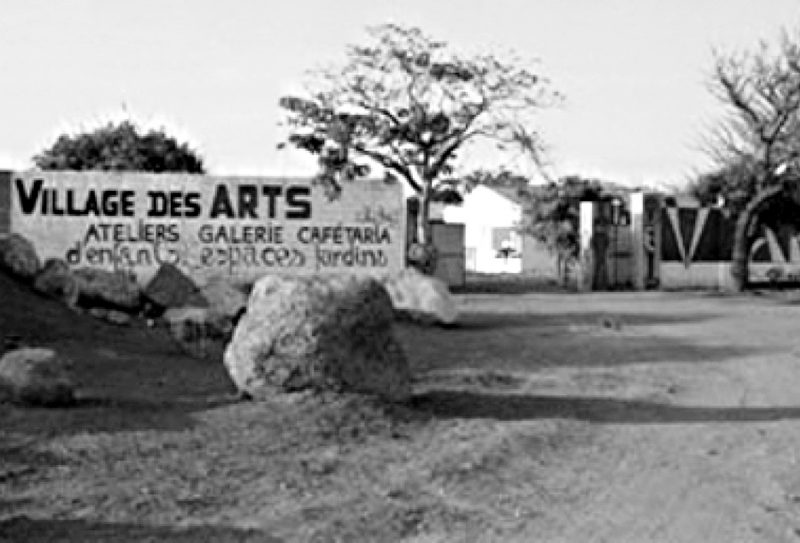
The Village des Arts, the second artists’ group of Issa Samb, was established in an abandoned camp for Chinese workers in a green and quiet oasis just outside the chaos of Dakar in 1996. In this arts village as well, especially the works of two artists were shining out. These artists were El Hadji Sy and Issa Samb. Most of the artworks produced in the first years of the Arts Village were again multi-disciplined. However, unfortunately, none of the works of the first artists of Village des arts remained today and there aren’t many documents related to their performances. Today, some of the Agit’art artists are still working in Village des Arts, which is re-established and which includes several studios, arts galleries and outdoor sculpture galleries while also hosting countless cats. While most of the members are not alive today, the spirit of the group has materialized thanks to Issa Samb’s works until his death in 2017.
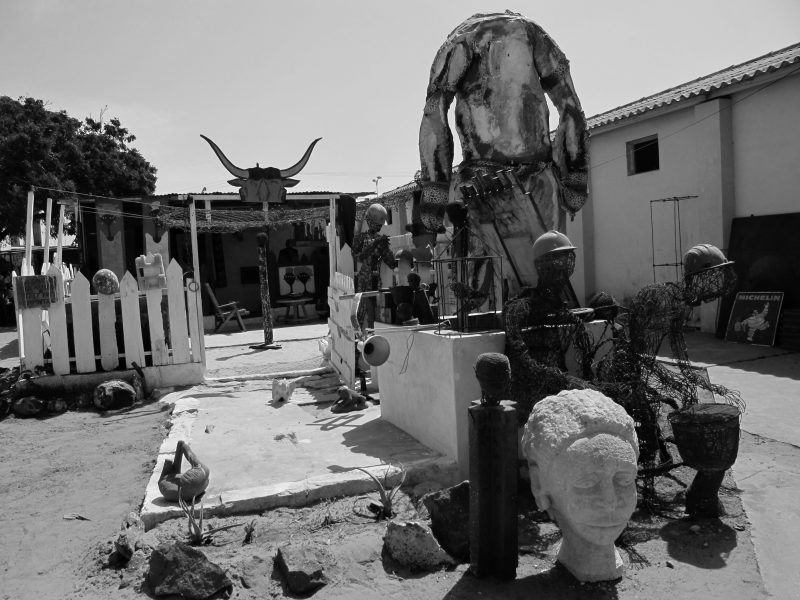
Afrotopia and regaining the mind
It is necessary to underline that one of the elements that have directed Issa Samb’s artistic activities was the thought of ‘Afrotopia’. Afrotopia is an active utopia of African societies that rejects the dominance of Western knowledge and creates its own metaphors and approves a perspective of social life that stems out of the knowledge measurements of their own culture. In other words, it is a utopia that assumes the duty of opening wide spaces for all possibilities that might occur in African reality and of raising them. Despite the nature of the avant-garde they tended to implement, Laboratoire Agit’Art created works that adopted the oral and performative activities based on Africa’s artistic formation and the traditions of multiplicity and simultaneity from the moment they were established. In fact, when we examine the folkloric layers of the fishing village where Issa Samb was born and raised, we can understand his vicinity to Afrotopia thought and his shaman-artist personality better. The Lebou people, which Issa Samb is a member are traditionally fishermen and they are really close to the sea.

According to the people of this region, there is only one god of the sea, however, these gods can be different for different places throughout the coast. They can be male or female and they can have different names. Another characteristic of the Lebou people is that they carry out ceremonies of trance called N’doep in order to regain the mental patients into the society.

The N’doep ceremonial group, which organize celebrations for ceremonies of regaining ‘the mind’, try to include the whole village in this ceremony for a few days. Lebou people see mental illnesses as a result of ‘broken ties’. The person alienates from their family and village, because they are alienated from their roots, however, if they leave the town, their delirium is over. Another method of healing is to curb the disease with violence. For example, they wrap the mental patient in blankets and lie them down next to a suffering sacrificial animal. Spirits are then summoned to ward off anything that possesses the patient. These traditions that are similar to shaman ceremonies are also seen in Issa Samb’s art life.
Scrap Yard in Rue Jules Ferry 17
The Senegalese musician and director Wasis Diop says the following about Issa Samb’s home-atelier: “We forget that Issa has an address, he was an ordinary person living somewhere, that place has always given us ideas on his essence and what we will see”. Actually, Issa Samb had a certain address at the city center of Dakar in his artistic activities: ‘Rue Jules Ferry 17’.
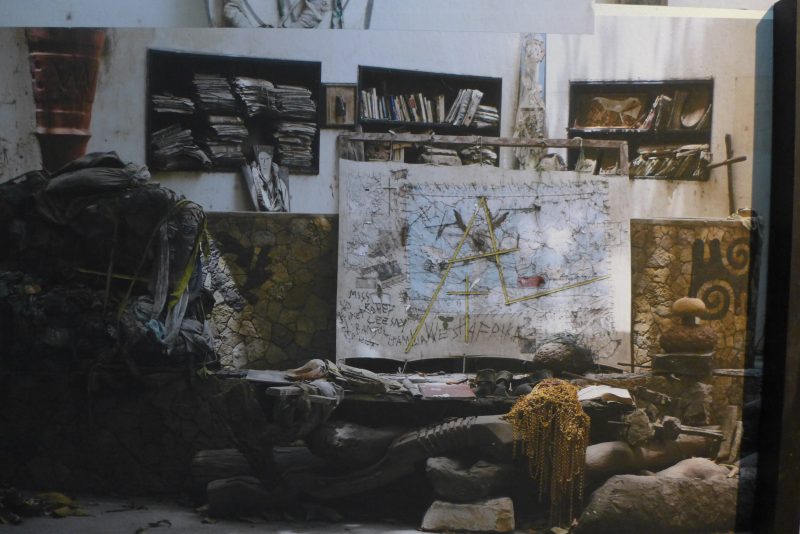
This Dakar house with a garden, where Issa Samb spent the last 10 years of his life was a lot more than a house for him. It was his workshop, creative space and a place where the art institution members frequented. The space concentrated on several experiences, suggestions and discussions which fed a couple of generation of artists, intellectuals and social actors. For more than 40 years, this space was kept alive by Issa, it became a place visited by world renowned artists, intellectuals, researchers and students. This place was a living archive of information gathered together by collective labor of people. For example, there were murals by the two oldest friends of Issa Samb on the courtyard wall.
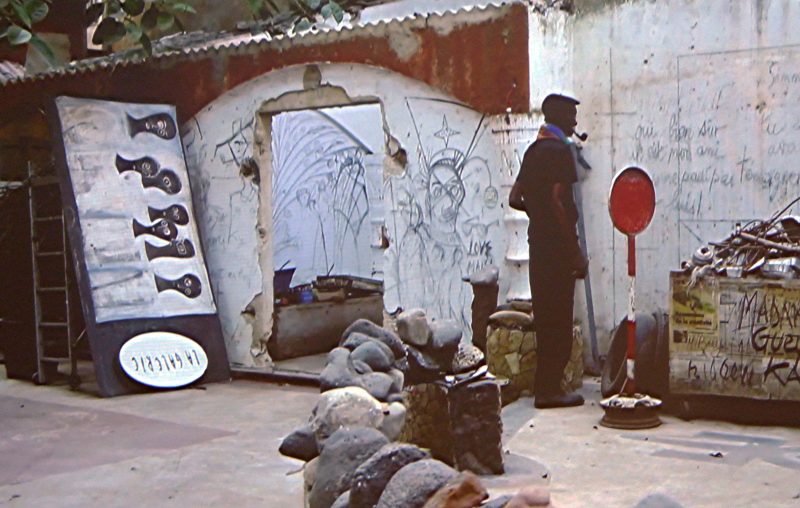
The courtyard of the atelier hosted an array of several iconic artworks including his paintings, drawings, sculptures, installations as well was various objects, artworks made by other people and various materials he collected.
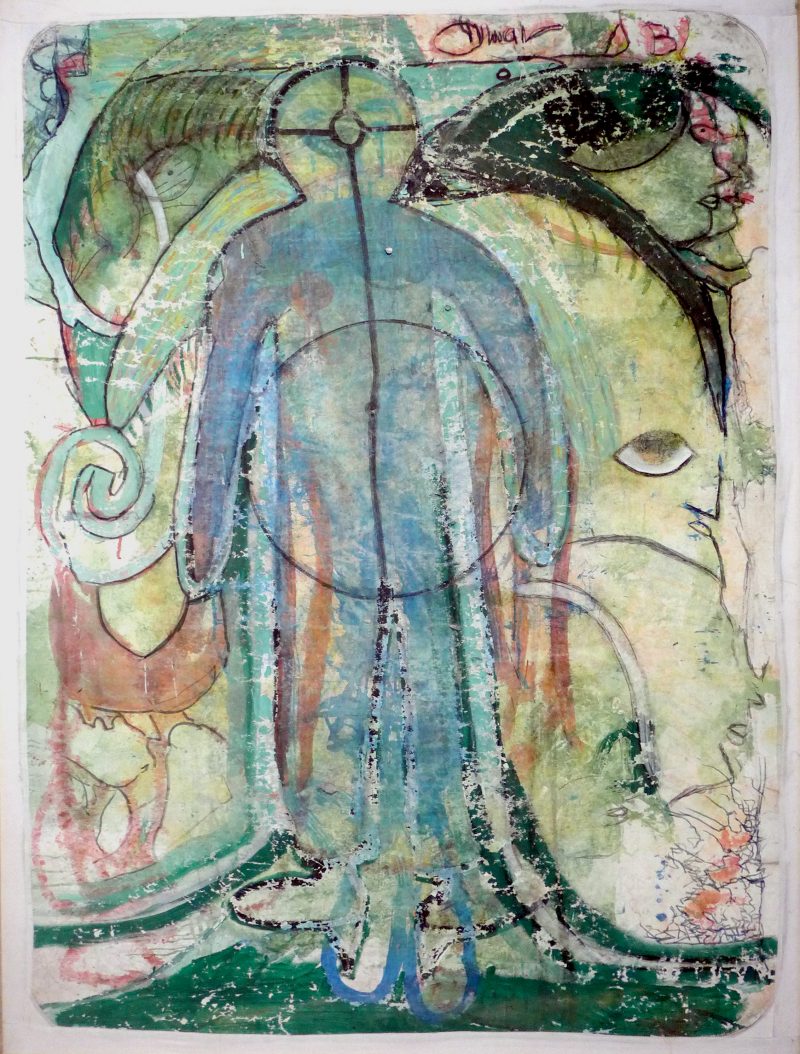
There were also many scrap objects such as clothes, bottles, glasses, dolls, sculptures, dry leaves, crucifixes, tombs, newspapers, symbols and materials loaded by shamanic secret forces scattered around the courtyard and exposed to the wearing out of the weather conditions. All these materials and objects come together in his atelier, they are turned into sculptures and collected around a tree. Issa Samb has always questioned his relation to these objects through an animist approach. “When there is an object in our hand, we start to notice that there must be a relationship between that object and us. Trying to find out the type of this relationship is to start cross-examining ourselves and this attraction.”
Objects speak their own language
Issa Samb emphasizes our need for speaking to objects and re-determining the framework of our understanding of the nature of objects. “The fact that the object is mute—who says so? You do. You’re the one who decided that the object didn’t speak, didn’t articulate and said nothing. But if all this is true, then why do we need to carry objects with us in our lives? No, they do speak. Objects speak their own language. The wind speaks. It speaks its own language. Birds speak. They speak their own language.” The dynamic organization of objects that are accepted as an artwork collectively in the home-atelier provides a point of entrance to the spirit of togetherness of ‘Laboratoire Agit’Art’, which was the former group of Issa Samb. As well as this togetherness, all these objects constantly change places according to the movement of the earth. For Issa, the chains of meaning of these objects that ‘change places’ in the courtyards are constantly re-handled and organized: ” Each leaf that may fall in this garden here, and that passes from the situation of being a natural leaf to becoming an object, moving from here to there, adopts a position, which participates in the definition of the whole ensemble in front of us.
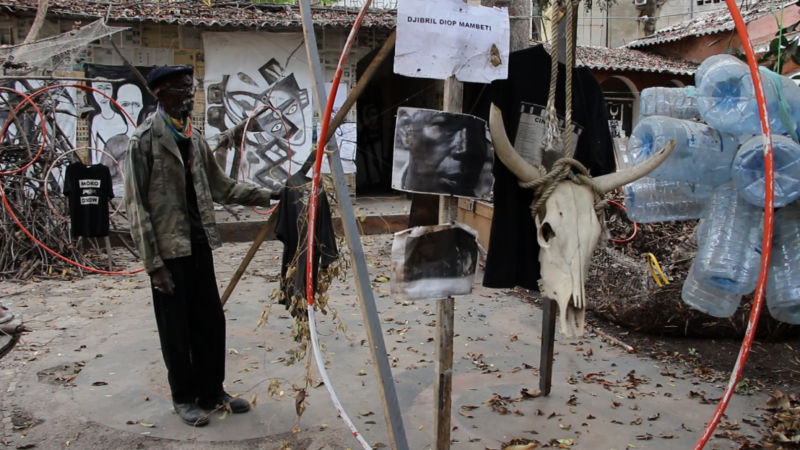
And beyond this location, the whole peninsula of Dakar, and beyond the peninsula of the whole continent, and beyond the continent the whole world. It is not a question of interactivity, neither is it even a question of interference. It is a question of the inter-relationships of living things…” According to Issa Samb, may it be made in China or Europe, we have responsibilities for even the smallest object in helping them to move on the world by respecting their history and roots: “With an object that was born in China, and that makes a trip from China to Europe, from Europe to Africa and from Africa to Europe, you can’t say that this object is meaningless. If you did it simply for an intellectual peer group or for some kind of aesthetic snobbism then you would be doing something very dangerous. Because no matter how small an object is, even if it is an object that breaks quickly it still brings with it the whole of China and beyond China”. According to Issa Samb, each action and movement of the objects changes the world order of humans. Therefore, we must help objects in order to participate in world’s self-fulfillment. They carry something that we must respect in the smallest, most breakable thing. This is a force that fills not only the humans, animals and plants, but also the objects. The charge born by the objects is at the end derived from the same force that fills us. “An object has to be ready to get onto the market quickly. That object there teaches us about ideological situations not just in China but in the globalized world system: globalization as the dominant ideology of the current world.” All these elements, the home-atelier, came together to reflect Issa Samb’s inter-connected galaxy of universes. Here, personal obsessions and Daily signs are nearly made into altars. These wide tracks, icons or the details of the works that are owned remain in this courtyard where Issa Samb once wandered. Most of them were used in performances organized for more than forty years. The movement sequences of these performances tie metaphysical, religious, political, poetic thoughts together. All these thoughts that are directly reflected to the art of Issa Samb bear deep signs of the past from ‘Situationist Internationalism’ to Afrotopia.
Shaman-Artist who danced with a mannequin
Issa Samb was like a shaman and he acted like a shaman while he carried out his artistic activities at the courtyard of his home-atelier. He gathered with his old friends and objects in there and carried out dialogues, installations and performances. My impression of the title of the exhibition I participated in Berlin, “How to talk with birds, trees, fish, shells, snakes, bulls and lions” that it totally defined Issa Samb. Because, among the artists included in the exhibition, the artist that can communicate with all these animate-inanimate bodies had to be an animist, a shaman, and that was Issa Samb. In our years in the Academy (Istanbul State Academy of Fine Arts), during the 80’s, shaman-artists were one of the subjects we discussed the most. We discussed that the artist should not have a duty of informing people or creating slogans, they should produce their artwork like a shaman makes magic. The art activities carried out by Issa Samb at the courtyard of his home-atelier seemed to bless sometimes a death and sometimes destruction of a space, just like a shaman-artist’s. He carried out one of these performances on the forty-third anniversary of the day his close friend Omar Diop was found hanged in his prison cell. Omar’s photo that Issa Samb hang at the courtyard of his home-atelier. Ropes hanging over the courtyard entrance and Issa Samb, who was dressed as a lawyer and standing there reminded of the conditions of Omar’s death. Issa Samb, who was standing up stated that the case is reopened as the prosecution. He placed the pages of Omar’s reopened file on the floor. Magic came into play here, everything turned into a magical ceremony where we gather a name list on the right side of the courtyard walls with charcoal drawings and wait to reach to a prophecy. At the conclusion part of the activity, Issa Samb danced with a hung mannequin symbolizing the hanging of Omar. Therefore, the presence of Omar participated in Laboratoire Agit’Art, therefore in arts and indirectly in the process of independence. In another performance, Issa Samb draws various forms on the ground with charcoal in a ceremonial atmosphere and places a shell over these drawings. He places a coin on the seashell and drips a large drop of water on the coin. After a while, the water drop moves, the drops that fall on the shell go through the cracks of the sea shell and crystallize the lines (photo below, left side). In his performance done with a ceremonial air, Issa reads the signs formed by the shell, coin and the water drop. He looks like a shaman that draws conclusions from all this ceremonial art activity. This spectacle reminds me of the ‘prophecy bones’ ceremony carried out by the shamans in ancient China in order to see the future (photo below, right side). Issa Samb’s relation to objects looks like animism and the ceremonial atmosphere of his performances is similar to shamanism.
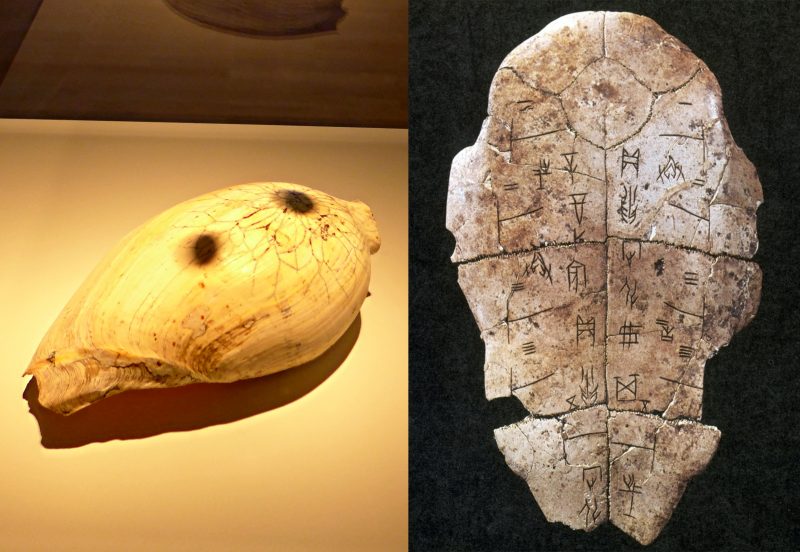
Nothing was everything
However, these ‘Afrotopic’ and ‘Utopic’ pursuits in ‘Rue Jules Ferry 17’ ended when Issa Samb died in 2017. Unfortunately, Issa Samb’s fascinating space, his home-atelier was destroyed the same year and the trees in the garden were cut down. These trees were not ordinary ones, they were trees which Issa Samb talked to, performed together and which played an important role in his artistic life. Majewski, who organized the exhibition in Berlin after Issa Samb’s death suggested that whatever was left from the activities in this space would be included in UNESCO’s ‘Memory of the World’ archive. Thus, there would be something more than the history of exploitation on the part dedicated to Senegal in UNESCO website. Destruction of the home-atelier on ‘Rue Jules Ferry 17, which was a cultural memory upsets not only the Senegalese artists, we are also sad for that. As Issa Dakar we watch Issa Dakar wander through the streets of Dakar in the video show of the exhibition in Berlin, we understand that all humans and trees know and love Issa Samb. While strolling through the streets of Dakar, communicating silently with living beings and objects, he stops for a moment. He breaks his long-lasting silence as if he made light of the transience of everything he did through his art life and destruction of his atelier at ‘Rue Jules Ferry 17’ and says: “Because when nothing was nothing, everything was everything”.
Bibliography
- https://www.oca.no/programme/archive/2006-14/wordwordwordissa-Issa-and-the-undecipherable-form
- https://luxafrique.net/acknowledging-life-creative-work-issa-Issa/
- http://www.antjemajewski.de/portfolio/la-coquille-conversation-entre-issa-Issa-et-antje-majewski-dakar-2010-2010/
- Aydınlık Newspaper, March 21, 2019, İstanbul, 2019
- https://www.onewhodresses.com/library/2017/4/28/issa-Issa
- Karavit Caner, Akadeğilmi, Stüdyo İmge Publications, İstanbul, 2000
- http://fellowprimo.com/village-des-arts-dakarda-bir-sanat-koyu/
- https://www.youtube.com/watch?v=WeW1hOIoimk
- Ngugi WA THIONG’O, Something Torn and New: An African Renaissance, Basic Civitas Books, 2009.
- https://www.sunujournal.com/essays/rethinking-performance-as-archive-through-the-practice-of-elnbsphadjinbspsynbspandnbspissanbspsamb-wrjds
- I.Ebong, ‘Negritude: Between Mask and Flag. Senegalese Cultural Ideology and the Ecole de Dakar in Reading the Contemporary: African Art from Theory to the Marketplaces ed. Oluibe and Okwui Enwezor, Iniva, London, 1999
- Exhibition brochure of the exhibition titled ‘How to talk with birds, trees, fish, shells, snakes, bulls and lions’, Berlin Hamburger Bahnhof Contemporary Arts Museum, 2019
[1] Aydınlık Newspaper, March 21, 2019, İstanbul
[2] The Situationist International was an international organization of social revolutionaries made up of avant-garde artists, intellectuals, and political theorists led by Guy Debrd from 1956 to 1972. Their overly politicized excurses where they state their ideas and their calls for action made Situationists a major figure of the 1960s. Born with the gathering of various avant-garde groups, the movement made statements in the texts it wrote and its actions. It is an oppositional group that aims an aesthetic and political revolution to be implemented in daily life. Situationist International has suggested a new world order to be created collectively by the individuals.
[3] Afrotopia; An active utopia where the African societies reject Western dominance, produce their own statements with regards to the future and adopt a social life stemming out of these cultures.
[4] Animism: Animism is a form of belief which argues that every living or inanimate thing in the universe, even events have souls. Edward Burnett Tylor, who is regarded as the father of animism accepts this belief as the first religious belief of the humanity.
[5] Négritude philosophy: A framework of criticism and literature theory which was established by Negritude and developed by African intellectuals, writers and politicians, and which aims to raise and improve the “black awareness” in Africa and its diaspora and to oppose colonialism. Its advocates include Leopold Sedar Senghor. These intellectuals used Marxist political philosophy in black radicalist tradition.







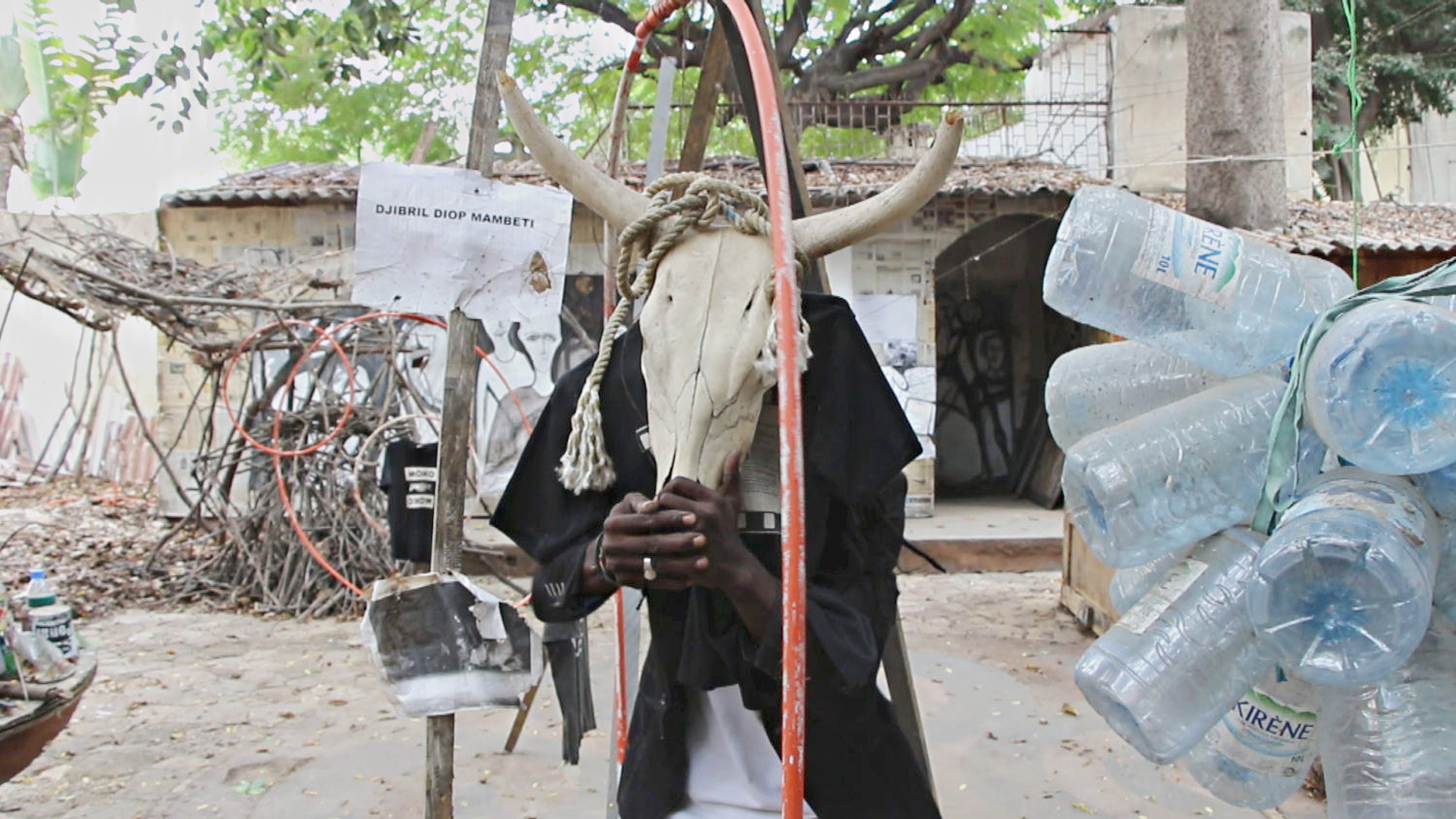






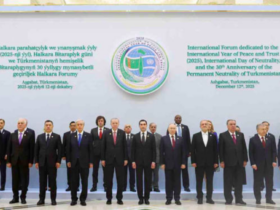
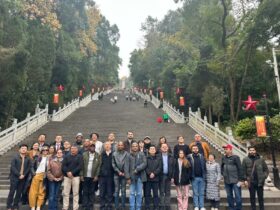

Leave a Reply